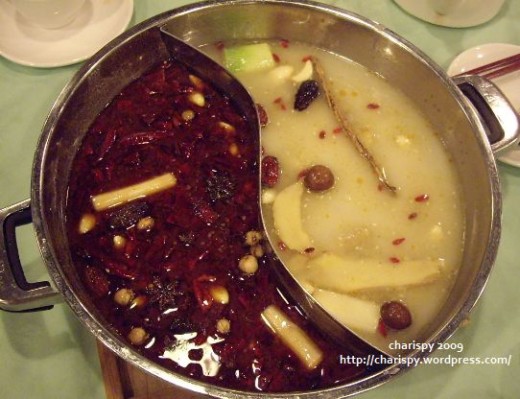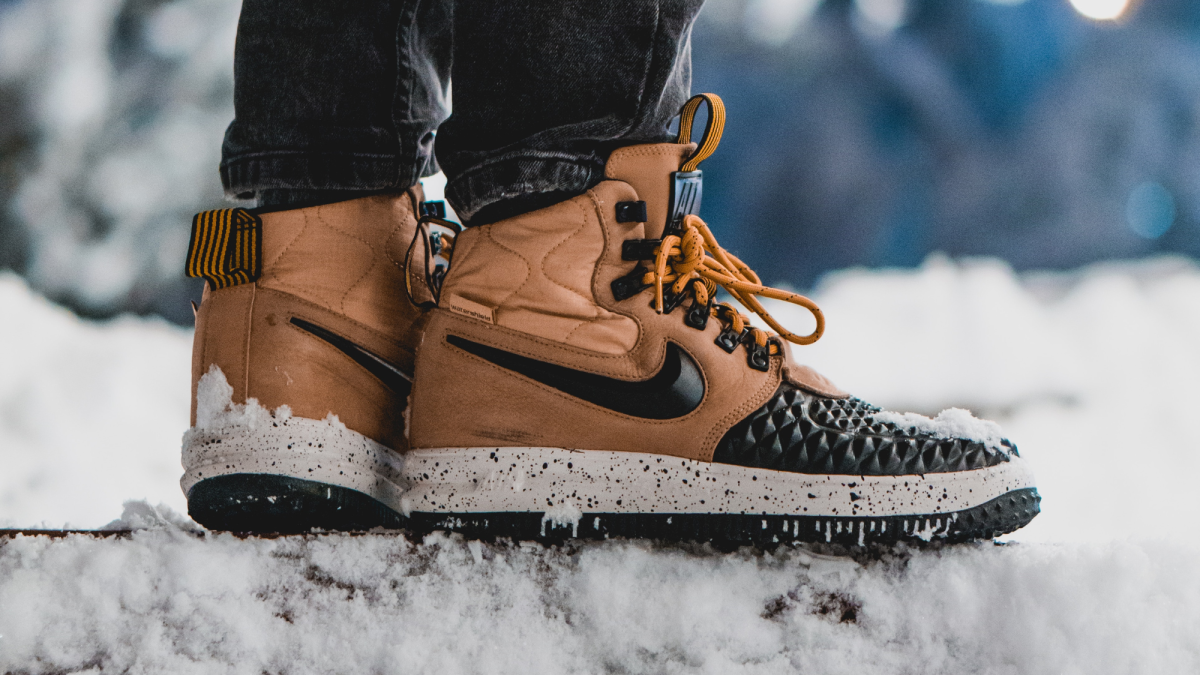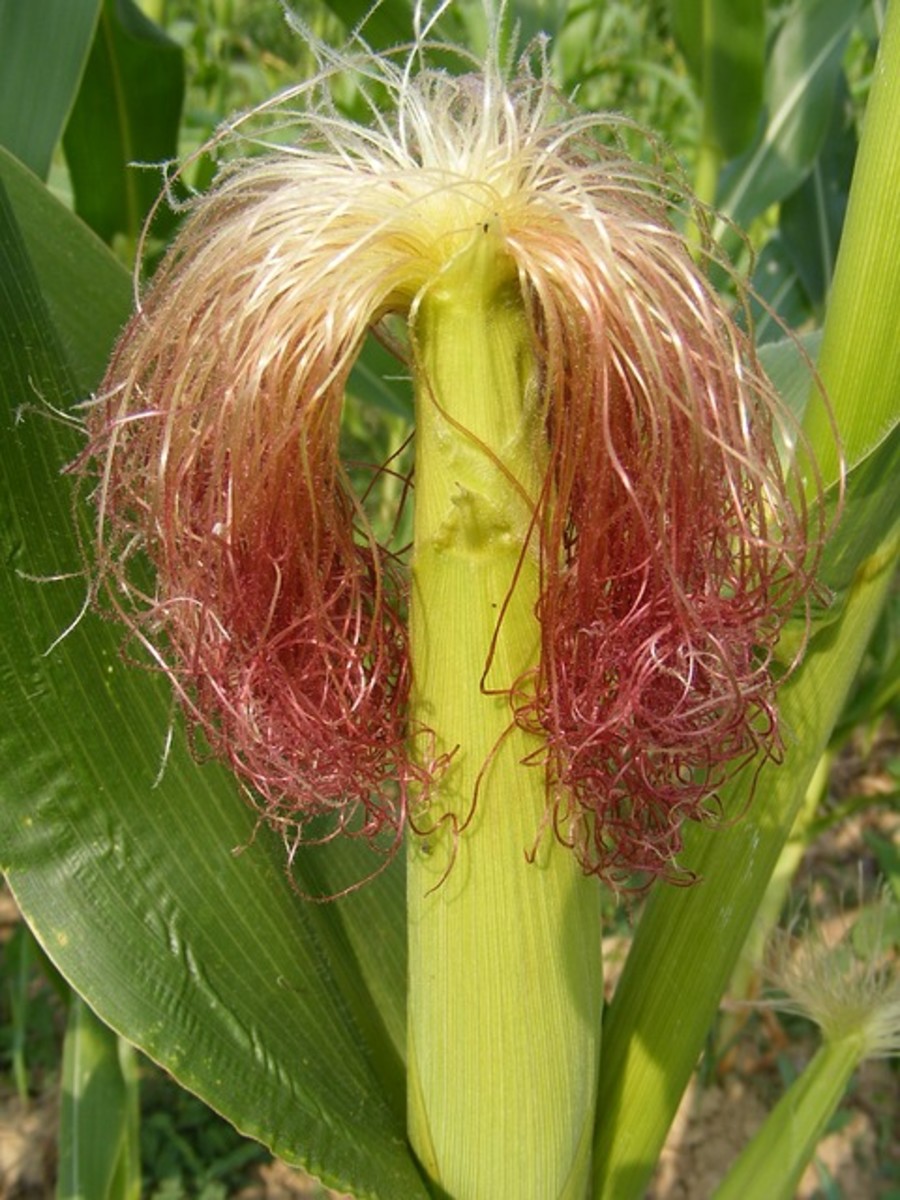Commonly Used Chinese Herbs in Western Cuisine and Herbalism

We should all be somewhat knowledgeable about the nature of the foods/spices we ingest and how they affect our body - depending on preparation, amount ingested, season and personal constitution. So here are some condensed notes on commonly used herbs in both Chinese and Western herbalism and cuisine, with traditional functions. They are organized by functional category as found in the Chinese Materia Medica. The following key is useful for those who are unfamiliar with Traditional Chinese medical theory.
KEY
qi (chi, chee) = energy
yin = feminine, cold, cooling, dark, sinking, substantial, nourishing
yang = masculine, hot, heating, bright, rising, active, moving
jing - semen (in males) and eggs (in females) and its energetic components
Chinese Organs:
LU (lung), LI (large intestine), ST (stomach), SP (pancreas), HT (heart), SI (small intestine), UB (urinary bladder), KD (kidney-sex organs), PC (pericardium-spiritual protection), SJ (metabolism-system interaction), GB (gall bladder), LV (liver) *my interpretation of organ theory
Acupuncture Channel and Organ Pairings:
Taiyang = UB & SI
Shaoyang = SJ & GB
Yangming = ST & LI
Taiyin = LU & SP
Shaoyin = HT & KD
Jueyin = LV & PC
Body Levels:
exterior (protective energy) --> muscle-tendon --> organ --> bone/bone marrow --> essence
Three Burners (Jiaos):
upper jiao (UJ) - lungs, heart, chest
middle jiao (MJ) - stomach, pancreas, *liver
lower jiao (LJ) - kidneys, sex organs, colon, bladder
Herb Flavors and Functions:
sweet - tonify, harmonize, moisten (cloying)
salty - purge (downward-inward moving), soften (dissolve)
spicy - disperse and move outward
aromatic - transforms dampness
bitter - downward draining, drying
sour - astringing, securing against leakage
bland - leech out dampness, promote urination
Misc.:
bi syndrome - obstruction/pain condition anywhere in the body, but particularly in the joints
WESTERN NAME • CHINESE NAME • TASTE & TEMP
Traditional Functions
Spicy, Warm - Release the Exterior (Induce Sweating); Warm the Interior, Expel Cold
• Cinnamon twig • Gui Zhi • spicy, sweet, warm
light & warm, releases the muscle layer, unblocks the yang qi, warms the middle
• Cinnamon bark • Rou Gui • spicy, sweet, hot
warms & tonifies the yang, disperses cold, promotes the movement of blood
• Sichuan pepper • Hua Jiao • spicy, hot, slightly toxic
warms the middle, disperses cold, stops pain, kills parasites, tonifies Ming Men Huo
• Shiso leaf (Perilla leaf - often eaten with sushi) • Zi Su Ye • spicy, aromatic, warm
its acrid warmth disperse & discharges, & its aroma harmonizes the middle; it promotes qi movement & revives the SP
• Fresh ginger • Sheng Jiang • spicy, slightly warm
dispersing in nature, benefits the ST, alleviates nausea, stops coughing, transforms phlegm
• Dried ginger • Gan Jiang • spicy, hot
warms the SP, transforms thin mucus, unblocks the channels, revives the yang
• Green onion • Cong Bai • spicy, warm
lightweight, releases the exterior, unblocks the yang qi
Spicy, Cool - Release the Exterior (Induce Sweating)
• Mint • Bo He • spicy, aromatic, cooling
facilitates the dispersal of UJ wind-heat, cools & clears the eyes & head, soothes the throat, facilitates the flow of LV qi & expels turbid filth
• Chrysanthemum flower • Ju Hua • sweet, bitter, slightly cold
cooling, aromatic, & light; can ascend or descend, drain or tonify; particularly effective for dispersing wind-heat, cooling & tonifying the LV, & brightening the eyes; also resolves toxicity
• Vitex fruit/berry (often used for gynecological problems) • Man Jing Zi • bitter, spicy, cool
ascending, dispersing, & cooling, particularly for wind-heat in the face & eyes, but also useful for still & painful joints in wind-damp painful bi
• Fermented soybean (common in Asian cuisine) • Dan Dou Chi • sweet, slightly bitter, cold or warm (depending on preparation)
ascending, vents & disperses exterior pathogens, disseminates & disperses constrained heat above the diaphragm
• Kudzu root (often used to treat alcohol cravings) • Ge Gen • sweet, spicy, cool
raises the clear yang qi of Yangming, encourages the ST qi & thus releases muscle layer heat & vents rashes; alleviates thirst by raising ST fluids, treats diarrhea
• Bupleurum root (often used for liver detox) • Chai Hu • bitter, spicy, cool
treats alternating chills & fever, releases heat in the muscle layer, harmonizes Shaoyang stage disorders, raises the clear qi of the ST & GB, relieves LV qi constraint
• Black Cohosh Root used in the U.S. for gynecological conditions is not the same species as Sheng Ma (Chinese Black Cohosh root) which is used for raising yang qi and dispersing heat/toxicity
Clear Heat, Drain Fire; Clear Heat, Drain Damp; Clear Heat, Resolve Toxicity
• Self-heal/Prunella vulgaris (often used to treat herpes/viral infections) • Xia Ku Cao • bitter, spicy, cold
cools LV fire, disperses clumps, benefits the eyes
• Baical skullcap (often used as an antioxidant/anti-inflammatory) • Huang Qin • bitter, cold
cools heat, dries dampness, stops bleeding, quiets the fetus in pregnancy
• Gentian root (used in the making of bitters/digestive aids) • Long Dan Cao • bitter, cold
drains fire from excess in the LV & GB, eliminates LJ damp-heat
• Dandelion flower/leaves (often used for liver detox) • Pu Gong Ying • bitter, sweet, cold
cools heat, resolves toxicity, directs downward, facilitates urination
• Pulsatilla root (often found in homeopathic form for treating common cold) • Bai Tou Weng • bitter, cold
clears heat & resolves toxicity; esp effective for cooling blood & alleviating dysenteric disorders
• Purslane (eaten as a leaf vegetable, common garden weed, high omega oils) • Ma Chi Xian • sour, cold, slippery
clears heat, resolves toxicity, eases the Intestines
• Mung beans • Lu Dou • sweet, cold
clears summerheat, alleviates thirst, resolves toxicity
• Wormwood/artemesia (often used to treat parasites; not the same as Qing Hao (sweet wormwood), which is used to clear different levels of heat) • Yin Chen Hao • bitter, slightly cold
treats jaundice by facilitating the removal of dampness & clearing heat
Drain Downward
• Rhubarb root (often used as a laxative) • Da Huang • bitter, cold
purges clumped heat in the Intestines, cools the bld, removes bld stasis, in its charred form, can stop blding
• Senna leaf (often used as a laxative) • Fan Xie Ye • sweet, bitter, cold
drains downward & guides out stagnant heat in the Intestines
• Aloe juice/leaf (often used to soothe the stomach and intestines, also for detox) • Lu Hui • bitter, cold
cools the LV, relieves constipation, kills parasites
• Hemp seeds (often used as a good source of protein, fiber and omegas) • Huo Ma Ren • sweet, neutral
enriches the yin fluids, moistens the Intestines, unblocks dry constipation
Dispel Wind-Damp
• Angelica root, which is commonly prescribed in the West for gynecological conditions, is not the same as Du Huo (pubescent angelica root) which is used to treat pain conditions in the lower body.
Aromatic Transform Damp
• White cardamom • Bai Dou Kou • spicy, warm, aromatic
disseminates the LU qi, awakens the SP, warms the middle, transforms dampness, pierces through & disperses turbidity
• Galangal seeds (often used in Indian/Thai cuisine) • Gao Liang Jiang • spicy, hot
warms the ST, disperses cold, stops pain, directs rebellious qi downward
• Chinese cardamom seeds • Cao Dou Kou (Katsumada's galangal) • spicy, warm, aromatic
warms the middle, mobilizes the qi, dries turbid dampness
• Black cardamom seeds • Yi Zhi Ren • spicy, warm
warmly tonifies the SP & KD yang, secures the urine
Drain Damp
• Plantain leaf (common weed, not the fruit) • Ze Xie • sweet, bland, cold
facilitates the fluid pathways (promotes urination), clears blazing ministerial fire
• Pearl barley/Job's tears • Yi Yi Ren • sweet, bland, slightly cold
tonifies the SP & augments the LU; leaches out dampness from the bones, sinews & muscles to treat painful bi disorder; cools heat & expels pus to treat sores & abscesses
• Adzuki bean • Chi Xiao Dou • sweet, sour, neutral
treats both damp edema & toxic fire
Warm the Interior, Expel Cold
• Cloves • Ding Xiang • spicy, warm
warms the middle, directs ST qi downward, treats hiccups, fortifies the KD yang
• Fennel seeds • Xiao Hui Xiang • spicy, warm
harmonizes the middle, warms the lower jiao, treats bulging disorders
• Black pepper • Hu Jiao • spicy, hot
eliminates pathogenic cold in the ST & Intestines
Regulate Qi
• Bitter orange (often used to treat acid reflux and esophageal ulcers) • Zhi Ke • bitter, spicy, slightly cold
promotes the flow of qi, unblocks plugs
• Chinese garlic (not the same as Western garlic, but similar) • Xie Bai • spicy, bitter, warm
reaches into areas of congealed constraint to unbind, warm, drain & benefit the orifices
Relieve Food Stagnation
• Hawthorn berry (often used to lower cholesterol and improve heart function) • Shan Zha • sour, sweet, slightly warm
reduces food stagnation, esp from meat & greasy foods, invigorates the blood flow, alleviates diarrhea & dysentery
• Sprouts (barley, rice or millet) • Gu Ya or Mai Ya • sweet, neutral
gently reduces food stagnation while strengthening the SP & improving the appetite
Expels Parasites
• Pumpkin seeds (often used for prostate health) • Nan Gua Zi • sweet, neutral
safe parasite-killing herb suitable for decoction or direct consumption
Stop Bleeding
• Agrimony (often used as a flower essence for jaundice and liver problems) • Xian He Cao • bitter, astringent, neutral
binds and inhibits bleeding
• Lotus node (roots often eaten in Chinese cuisine) • Ou Jie • sweet, astringent, neutral
stops bleeding, removes blood stasis
• Mugwort leaf (commonly smoked, said to enhance dreams, used in moxabustion, within the genus of Artemisia, but not wormwood) • Ai Ye • bitter, spicy, warm
dispels cold-dampness, stops pain due to cold, stops bleeding, calms the fetus during pregnancy
Invigorates Blood
• Turmeric root (often used as an anti-inflammatory or in curries) • Jiang Huang • spicy, bitter, warm
invigorates the blood, breaks up blood stasis, drives qi downward, treats wind-damp painful bi
• Peach kernel (used as a laxative in the old days) • Tao Ren • bitter, sweet, neutral
invigorates the blood, dispels stasis, moistens the Intestines, stops coughs & wheezing
• Apricot kernel (also used as a laxative in the old days) • Xing Ren • bitter, slightly warm, slightly toxic
directs the LU qi downward, disperses wind-cold, moistens the Intestines; slightly toxic
• Safflower (not to be confused with the much more expensive saffron) • Hong Hua • spicy, warm
invigorates the blood, stops pain
Transforms Phlegm-Heat
• Kelp • Kun Bu • salty, cold
reduces phlegm & softens areas of hardness, prom urination, elim edema
Transforms Cold-Phlegm
• White mustard seed • Bai Jie Zi • spicy, warm
penetrates to the yin to restore movement to the yang, transforms cold-phlegm, dissipates clumps
Stops Coughing and Wheezing
• Loquat leaf/fruit (often used to soothe a cough) • Pi Pa Ye • bitter, neutral
directs qi downward to stop coughs & alleviate nausea & vomiting
• Gingko nut (often used to improve brain function/memory, also eaten in Chinese cuisine) • Bai Guo • sweet, bitter, astringent, neutral, slightly toxic
treats phlegm-heat cough & wheezing, elim turbid damp vaginal discharge
Tonify Qi
• Ginseng root (often used as a general tonic for energy and to treat stress) • Ren Shen • sweet, slightly bitter, slightly warm
powerfully tonifies the primal qi of the five organs, nourishes the yin, revives from collapse, stops heavy bleeding
• American ginseng (not as warming/stimulating as Chinese, Korean or Siberian) • Xi Yang Shen • sweet, slightly bitter, cold
tonifies both the qi & yin, cools fire from yin def
• Astragalus root (often used to boost immune system, especially in auto-immune disease patients) • Huang Qi • sweet, slightly warm
raises the yang qi, tonifies the SP & LU qi, stops sweating, facilitates urination, promotes the discharge of pus, generates flesh
• Licorice root (often used to promote digestion or treat certain endocrine disorders) • Gan Cao • sweet, neutral
tonifies the SP qi, moistens the LU, moderates urgency & toxicity, drains fire
• Wild yam (different varieties grow in different areas, but similar; often used for balancing hormones in women) • Shan Yao • sweet, neutral
tonifies the qi & yin of the LU, SP, & KD, secures the jing
• Malt sugar (less refined than table sugar) • Yi Tang • sweet, slightly warm
tonifies the qi, moistens the fluids
Tonify Yang
• Cordyceps (often used as a general tonic and to improve endurance in athletes) • Dong Chong Xia Cao • sweet, warm
gently tonifies the KD yang, augments the jing, tonifies the LU, settles coughs & wheezing, stops sweating
• Horny goat weed (often used to enhance male sexual performance and libido) • Yin Yang Huo • spicy, sweet, warm
tonifies the KD yang & the fire at the gate of vitality, disperses wind-dampness
• Fenugreek seed (often used to promote lactation) • Hu Lu Ba • bitter, warm
fortifies the primal yang, drives out cold & dampness from the LJ, treats pain from cold-type bulging disorders
• Walnuts • He Tao Ren • sweet, warm
tonifies the KD & LU, alleviates lower back pain, settles wheezing, moistens the intestines
Tonify Blood
• Fo Ti (often prescribed for improving hair growth/quality) • He Shou Wu • bitter, sweet, astingent, slightly warm
nourishes the blood & yin, preserves the jing
• Angelica root / Dong quai (often used for gynecological conditions/balancing hormones) • Dang Gui • sweet, spicy, warm
tonifies the blood, invigorates the blood, regulates menstruation, alleviates pain
• Gelatin (used to improve hair, skin and nails in the old days, main ingredient in Jello) • E Jiao (specifically donkey gelatin, as opposed to bovine or horse gelatin) • sweet, neutral
tonifies LV blood, moistens LU yin, replenishes KD jing, stops bleeding
• Goji berries (eaten in moderation! as a general tonic) • Gou Qi Zi • sweet, neutral
enriches the yin of the KD & LU, nourishes the LV blood, mildly tonifies the KD yang
• Mulberry fruit (eaten fresh, dried, in jellies or wine) • Sang Shen • sweet, cold
gently nourishes & cools the blood & yin
Tonify Yin
• Black sesame seeds • Hei Zhi Ma • sweet, neutral
tonifies the LV & KD, augments the yin & blood, lubricates the intestines
• Solomon's seal (different varieties are found in different areas) • Huang Jing • sweet, neutral
tonifies the qi, nourishes the yin, augments the jing
Stabilize and Bind
• Schizandra fruit (often used as a general tonic for stress and aging) • Wu Wei Zi • sour, sweet, warm
contains leakage of LU qi, grasps the qi, enriches the KD, stops diarrhea, nourishes the LV, quiets the shen, generates fluids
• Umeboshi plum (common in Japanese cuisine) • Wu Mei • sour, astringent, warm
preserves the LU, binds up the Intestine, stops bleeding, generates fluids, quiets intestinal parasites
• Nutmeg • Rou Dou Kou • spicy, warm
warms the SP & ST, promotes the movement of qi, binds up the Intestines
• Rosehips (Chinese variety; Western varieties often used to treat allergies and as an antioxidant) • Jin Ying Zi • sour, astringent, neutral
binds the LJ in order to secure jing, contains urination, halts chronic diarrhea
• Raspberry (Chinese variety) • Fu Pen Zi • sweet, astringent, neutral
augments the true yin of the KD, contains the urine, secures jing








